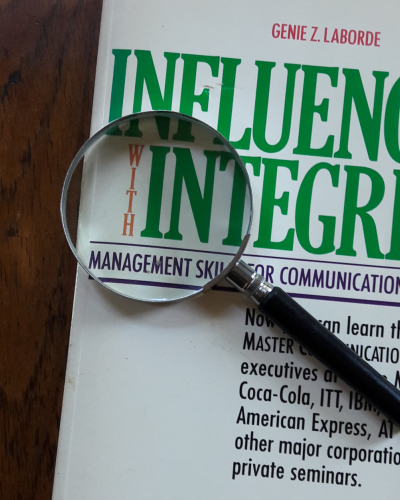The first cases were observed in the spring of 2022 in elected representatives (so, Members of Parliament) on the center left of the political spectrum. But it has since spread to the center right, proof of inadequate sociolinguistic distancing at the very heart of UK democracy.
Yes, I’m talking about a worrying addiction to the word “Look”.
The Oxford English Dictionary tells us that “Look” is designed “to call attention to what one is going to say”. It’s thus the verbal (or written) equivalent of taking the head of the person you’re speaking with in both hands and ensuring that that person’s face is pointing in your direction when you speak (or write). Not particularly subtle then.
For a year now I’ve heard it being used by interviewees to introduce their answers to questions put to them by journalists. But if someone has invited you on the show, assigned you a slot, served you tea and biscuits, and asked you a question on a flagship news program, do you really need to focus her or his attention on your answer?
That other pandemic, COVID-19, drove a number of changes in our language. Everything grew “exponentially”, everyone was on the “front line”. And we (mostly) accepted the term “lockdown”, even though (as some have pointed out) it seemed wholly inaccurate to use it in that way. And, of course, this is one of the ways in which a language evolves.
But “Look”?
(And I’m sure that “Listen” is up next.)




